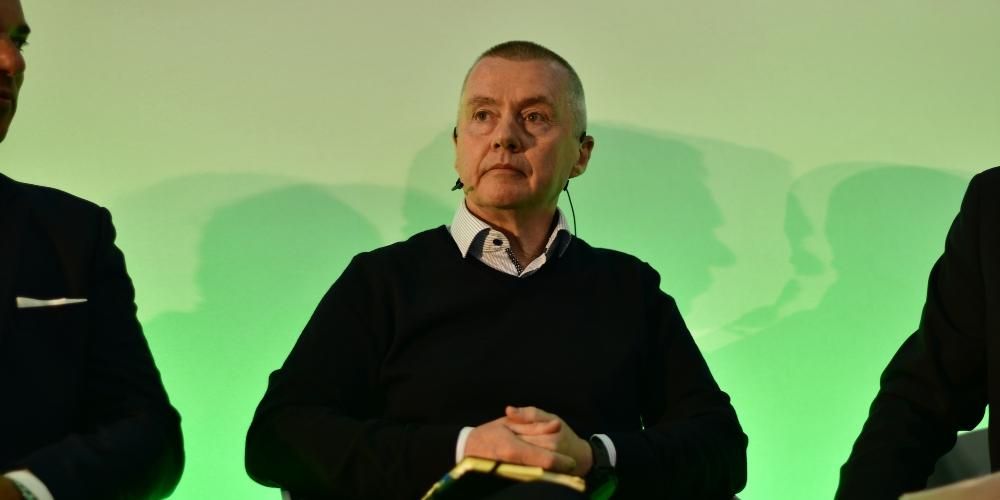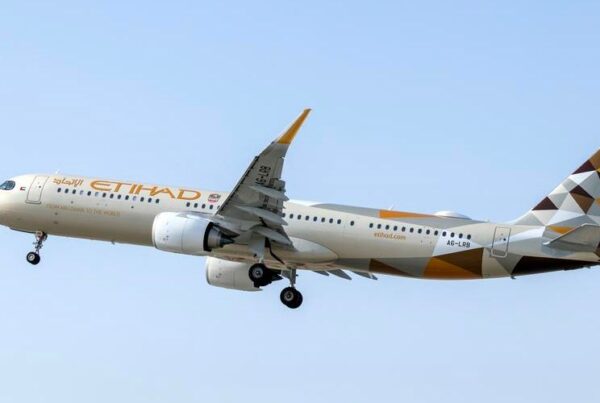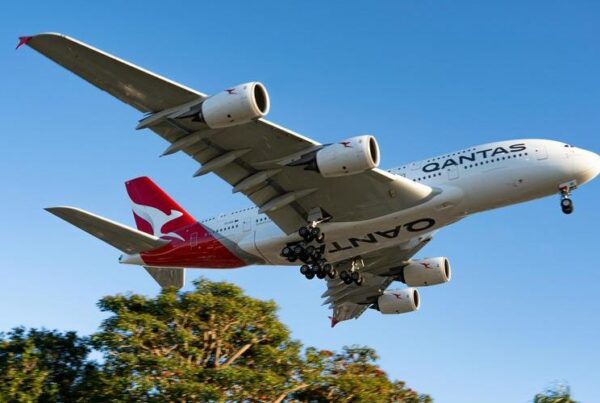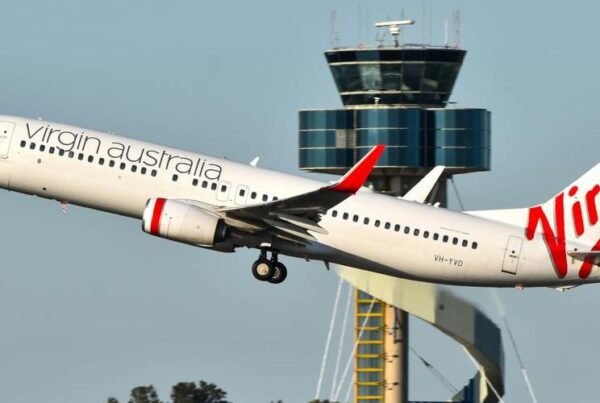Global aviation is currently navigating a turbulent patch, with airlines worldwide contending with aircraft delivery delays and rising trade tensions.
At the recent International Air Transport Association (IATA) annual meeting in New Delhi, Director General Willie Walsh (featured above) voiced concerns over a 26% shortfall in aircraft deliveries for 2025, representing a gap of more than 500 planes.
This backlog has ballooned to more than 17,000 aircraft, creating wait times of up to 14 years for new planes and placing significant strain on airlines.
The delivery delays have been caused by persistent supply chain issues, including shortages of critical components and skilled labour. Both Airbus and Boeing are struggling to meet demand, with Airbus warning of delivery delays extending up to three years. Airlines are also facing rising maintenance costs as the average fleet age now stands at nearly 15 years, impacting fuel efficiency and operational costs.
Despite these challenges, IATA expects airlines to post a modest profit increase in 2025, driven by lower fuel prices. Net profits are forecast to reach $36 billion, up from $32.4 billion in 2024. However, concerns loom large over trade tensions, particularly involving the United States. Tariffs imposed under President Trump’s administration have exacerbated worries about potential price hikes for aircraft and ongoing supply disruptions, potentially threatening long-term industry stability.
Airlines are taking action to adapt to these hurdles. Saudi budget carrier Flyadeal has slammed Airbus for “inexcusable” delivery delays and is exploring alternatives to maintain operations. Emirates has also voiced frustration over Boeing’s 777X delays, which have forced the airline to retrofit older aircraft at an estimated cost of more than $4.5 billion. Looking ahead, Emirates is even considering introducing Chinese-made aircraft into its fleet by the mid-2030s.
For now, the skies remain a little more challenging for airlines and passengers alike, as delays and trade barriers add to the turbulence of international travel. While the sector continues its post-pandemic recovery, the ripple effects of these disruptions are likely to shape how and when we fly in the coming years.









